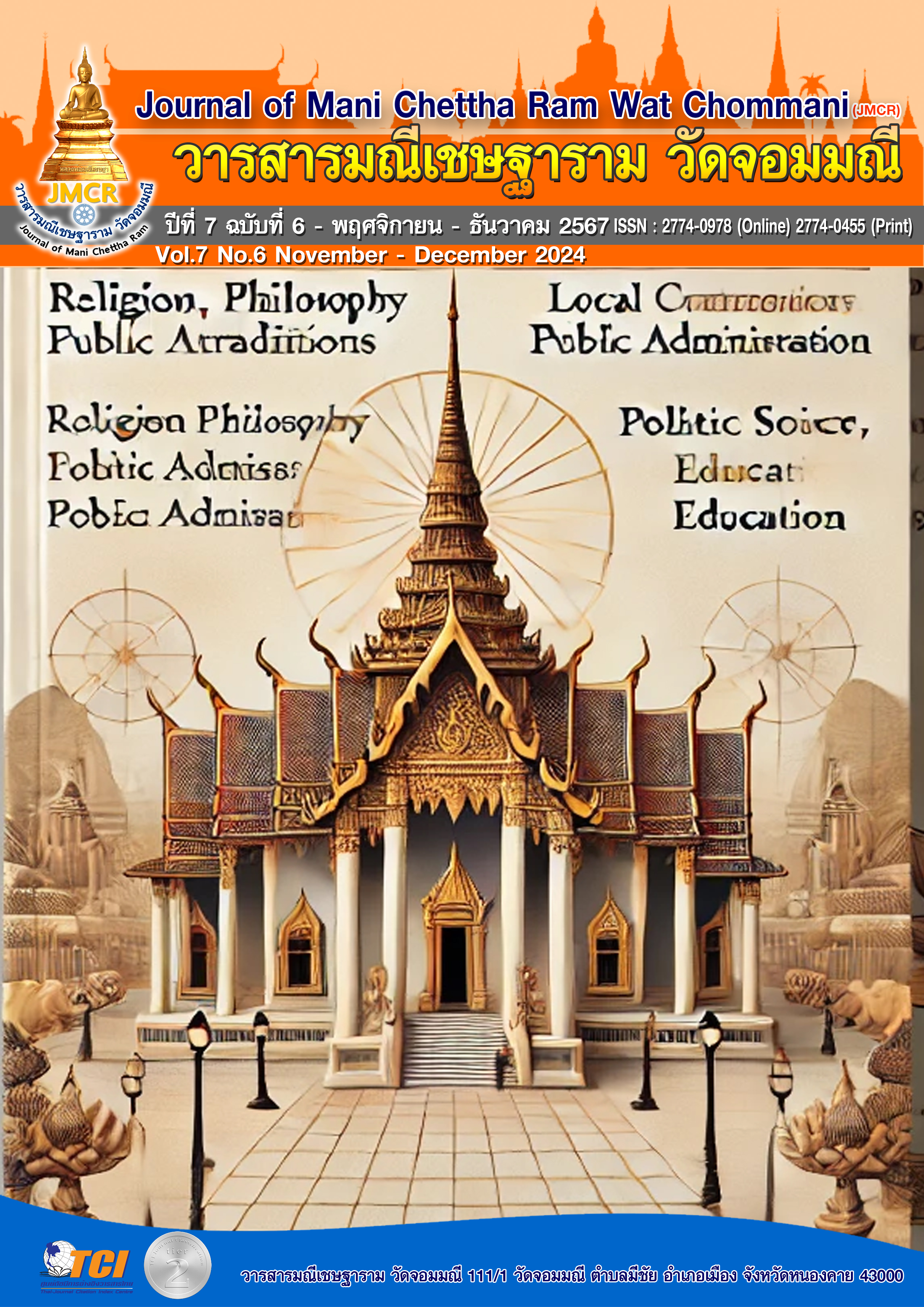THE HISTORICAL DEVELOPMENT OF THE LI’S SCHOOL OF VOCAL ART IN HUNAN BALING OPERA
คำสำคัญ:
Baling Opera,, Li’s School,, Li Xiaofeng,, Vocal Artบทคัดย่อ
This paper discusses the historical development of theLi’s School of singing in Hunan Baling Opera, and theLi’s School created by Li Xiaofeng occupies an important position in the history of Baling Opera. The research objectives of this paper are: 1) to clarify the background of the rise of theLi’s School of Vocal Art; 2) to sort out the generation process of the Li Vocal Art; 3) to explore the value and significance of theLi’s School of Vocal Art in the cultural inheritance of contemporary opera. This paper adopts the field survey method and interview method to understand the background and generation history of theLi’s School of Baling Opera, and then analyses Li Xiaofeng's artistic innovations and contributions through literature reading, so as to divide theLi’s School of Singing into four stages of development according to the characteristics of different periods. This not only clarifies the development history of theLi’s School, but also provides some theoretical references for later researchers.
เอกสารอ้างอิง
Chen, Y. (2020). Modern Interpretations in Traditional Chinese Opera. Beijing: Arts Press.
Li, S. (2017). The Aesthetic Principles of Baling Opera. Chengdu: Drama and Arts Press.
Liu, J. (2019). The Yan School of Beijing Opera: History and Influence. Shanghai: Culture Publishing House.
Liu, J. (2021). Key Figures in Chinese Opera: A Study of Their Contributions. Beijing: Traditional Arts Press.
Luo Mengxuan. (2021). A Study on the Inheritance Pattern of Hunan ‘Nine Whips’ from the Perspective of Intangible Cultural Heritage Master's Degree Thesis, South China University of Technology.
Pan Mengge. (2020). Contemporary dissemination of traditional arts: An investigation and reflection on the promotion strategy of contemporary opera. Theatre and Film Monthly (5), 4.
Pang, Y., and Q. Li. (2023). A classic case study of productive conservation and promotion of non-legacy heritage--Taking Yueyang City Baling Opera Inheritance Research Institute as an example. Yunmeng Journal (04), 37-42.
Wang, H. (2018). Challenges in Documenting Traditional Chinese Artists: A Historical Perspective. Shanghai: Culture and History Publications.
Wang, H. (2018). Exploring the Roots of Baling Opera: A Cultural Analysis. Hangzhou: Zhejiang University Press.
Wang, R., & Maneewattana, C. (2024). The Deconstruction Of The Character Of Tosca And The Method Of Performance. Journal of Dhamma for Life, 30(3), 24-40.
Xu, Q. (2019). Continuity and Change in Baling Opera: The Legacy of Li Xiaofeng. Nanjing: Performing Arts Publishing House.
Yan Shan, Wang Yiren. (2021). Artistic Characteristics of Instrumental Song Cards of Baling Opera. Art Review (09), 4-6.
Zhang, M. (2021). Vocal Techniques in Chinese Opera: A Comparative Study. Guangzhou: Music University Press.
Zhang, T. (2020). Cultural Contexts of Chinese Opera: Baling Opera and Its Evolution. Xi’an: Shaanxi Normal University Press.
Zhang, T. (2020). Preserving Tradition: The Role of Vocal Arts in Chinese Opera. Guangzhou: Performing Arts Press.




